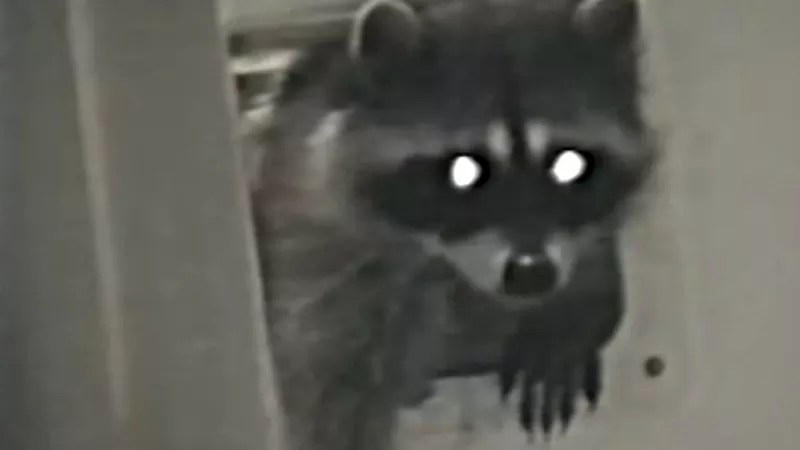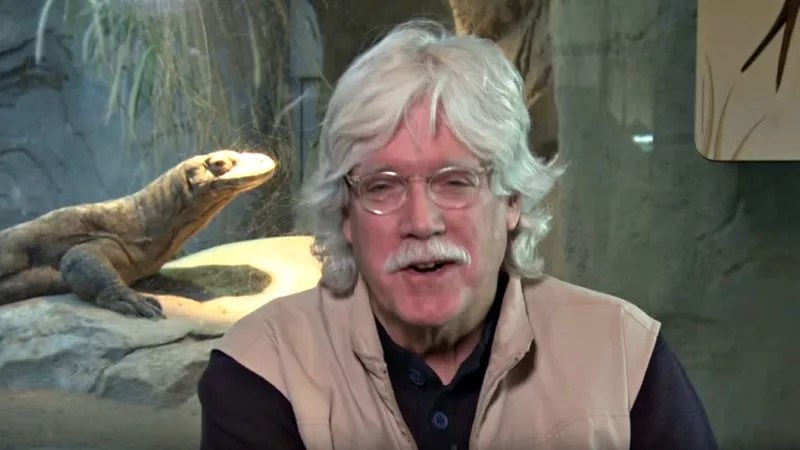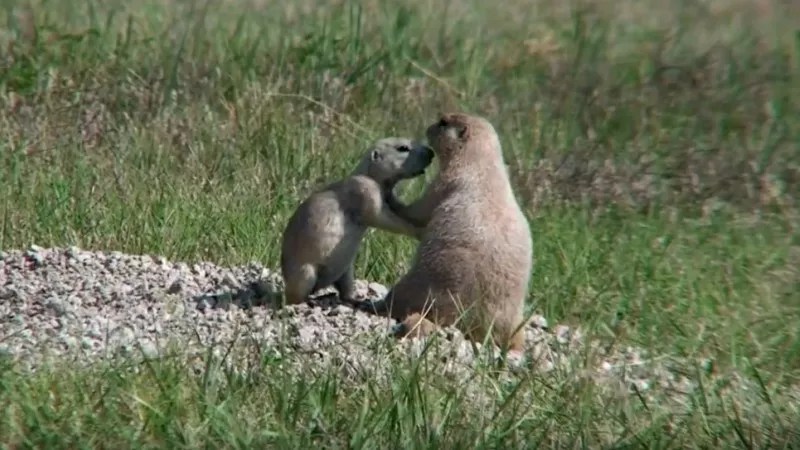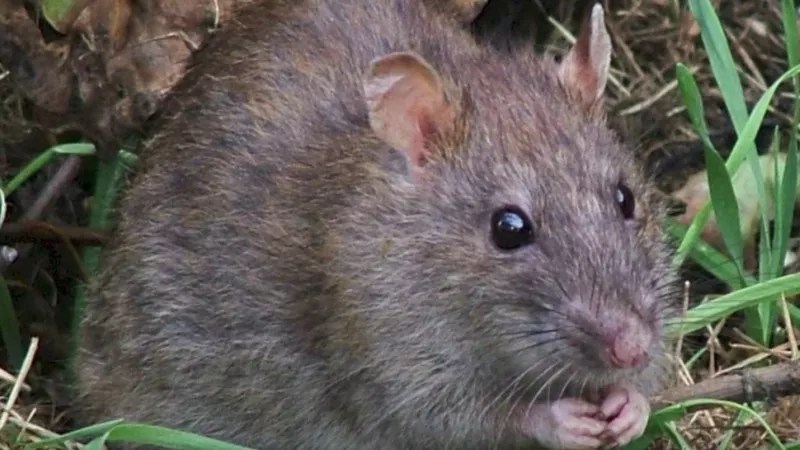

Audio By Carbonatix
Editor’s note: Dr. Kevin Fitzgerald, a veterinarian at Alameda East Veterinary Hospital as well as a star of two past Animal Planet programs, Emergency Vets and E-Vet Interns, and a regular on the Denver standup comedy scene, recently told us about rattlesnake facts and myths. This is the third post in a new series about urban wildlife in Denver. Click to read our previous offerings, “Denver Urban Wildlife Guide With Dr. Kevin Fitzgerald: Meet Your Neighbors” and “Denver Urban Wildlife Guide With Dr. Kevin Fitzgerald: Diseases and Dangers.”
Encounters with urban wildlife are becoming much more common among residents of Denver and other communities along the Front Range. Here’s just one example.
One morning a couple of months or so ago, my mother, who lives in Fort Collins, awoke to find several uninvited visitors in her kitchen: a mother raccoon and an entire family of kits, as babies of the species are called.
How did they get in? Turns out my mom has a pet door for her cat, who spends much of her time outside. And as Dr. Kevin Fitzgerald noted in the previous installment of our Denver urban wildlife guide, raccoons are intelligent and adaptable. Given that many of the critters – particularly ones that have lived in a city environment for a while – are able to figure out how to open a variety of trash cans, a pet door is a snap.
No doubt the mother raccoon scented the food my mom keeps for her cat and pushed through the pet door – and her offspring happily followed her lead.

Dr. Kevin Fitzgerald has lived a wild life.
Fortunately, this story has a benign ending. My mom was able to literally sweep the kits and caboodle back outside using a broom. But not everyone is so lucky. Raccoons are aggressive and have been known to attack people and pets – including folks trying to get between them and their feed.
But Fitzgerald doesn’t want locals to freak out over the prospect of coming face to face with urban wildlife of the sort that’s common in the Denver area; Fitzgerald’s main list consists of “mice and rats, pigeons, raccoons and squirrels, coyotes, bats, skunks, foxes, rabbits, prairie dogs, rattlesnakes, and I include deer.”
He even thinks pet doors are okay. “They can be a good thing,” he says. “But you’ve got to be vigilant.”
This last word is key when it comes to Fitzgerald’s tips to sharing an environment with urban wildlife, as you’ll see below.
By the way, we’ve linked to the Wikipedia pages of diseases mentioned by Fitzgerald, to provide extra information about their symptoms and effects.
Fight the Fear
“Urban wildlife is everyone around us these days. There are places in the metro area where we might get 5,500 rodents per hectare, which is 100 meters on each side. These field mice are the bread of the prairie. All kinds of animals eat them – but they’re also a natural reservoir for hantavirus, which is transmitted in feces and saliva. If these guys pop into a place like a barn, people can breathe it in. And while it’s treatable with antibiotics, it can be fatal if untreated.
“That’s why knowing about these things is so important. If we know about these dangers, we can keep ourselves and our pets safe.”

Prairie dogs in Colorado can be plague carriers.
Safety First
“Have your pets regularly examined by a veterinarian. It’s important that we find diseases early. If we do, a lot of conditions are treatable. If we don’t, they can be fatal.
“You also need to keep companion animals’ vaccines up to date. That’s especially important with rabies vaccines. We see the rabies virus all over Colorado. It can happen to any mammal. We see a lot of it in bats and animals that can be aggressive toward people and pets: skunks, raccoons, foxes, coyotes.
“Avoid contact with stray and unfamiliar wild animals. Zoonotic diseases are diseases that animals can pass to humans, and they can pass them by bites, scratches, ticks, fleas, parasites or if you breathe in or ingest their infected feces or urine.
“Cook meat until it’s well-cooked and not pink. That’s especially important with rabbits, which a lot of people eat. Rabbits can carry tularemia. We see a lot of that in Colorado.
“Wash your hands after you handle any animal, and don’t handle dead carcasses bare-handed. It’s easy to do if you’re not thinking about it – like if you find a bird out in your yard that’s died. But birds can carry diseases, too. For one thing, their droppings can contain histoplasmosis. Bat droppings, too.”

Rats and field mice can make homes in clutter left alongside residences.
Protecting the Home Front
“Keeping pet food inside is a big one. Don’t feed your pets on the porch, and don’t keep dishes outside, where skunks and foxes and raccoons can find them. Because they learn. And once they learn where they can find food, they’ll keep coming back.
“Keep brush and debris and clutter away from your house. Areas of clutter provide places for rodents to hide. It’s an environment they can live in, and many rodents will capitalize and use human habitations.
“Don’t store trash where animals can be attracted to it, and use containers that are latchable. Look at bears in ski areas and in the mountains, where they’re attracted to trash cans at night. But even latches aren’t foolproof. We know that from the raccoons.”
The Bottom Line
“Why study urban wildlife? Why is it important? Because we want to preserve urban wildlife. We want to preserve diversity. We want to understand these species. We want to understand what characteristics can tolerate human presence.
“We also want to reduce property damage. Squirrels and so forth can be so destructive to things like electrical outlets and whatnot. And we want to avoid human-wildlife – people getting bitten – and identify potential zoonosis.
“We need to know about all these things in places like Denver. Because, after all, we’re already living together.”